Balconies, terraces, and walkways are prized features in modern buildings, offering residents and users valuable outdoor space. However, ensuring these areas are safe, functional, and compliant with regulations is critical. The BS8579:2020 Standard, introduced to address balcony design and balcony drainage, has reshaped how architects, developers, and contractors approach balcony drainage in the UK. One of its key directives is clear: free draining balconies should be avoided due to safety and comfort concerns. Instead, the standard advocates for piped drainage (also known as positive drainage) and edge drainage systems. These methods not only enhance safety but also reduce nuisance and prevent long-term damage to buildings. In this blog, we’ll explore why free draining balconies are problematic, how piped and edge drainage systems address these issues, and how our expertise, demonstrated in projects like the Sidney Street Project, can help you achieve compliance.
The Problem with Free Draining Balconies
Free draining balconies, where water is allowed to run off the edge without a controlled system, were once a common design choice. However, they pose significant risks. Uncontrolled water runoff can create slip hazards, especially in wet or icy conditions, endangering residents and visitors. Pooling water can also damage balcony surfaces, leading to costly repairs and compromising the structural integrity of the building. Additionally, water cascading off balconies can cause nuisance to those below, such as pedestrians or residents on lower floors, and may lead to disputes or complaints. The BS8579:2020 Standard recognises these issues and sets a higher benchmark for safety and functionality, urging designers to adopt more robust drainage solutions.
Piped and Edge Drainage: Compliant Alternatives
The BS8579:2020 Standard promotes two effective drainage solutions: piped drainage and edge drainage. Both systems are designed to manage water runoff efficiently, ensuring safety, comfort, and compliance with warranty and insurance requirements.
Piped Drainage:
This method, often referred to as positive drainage, directs water through a network of pipes to a designated outlet. It includes two variations:
Deck-Level Piped Drainage:
Water is collected at the balcony surface and channelled through pipes integrated into the deck. This approach is ideal for balconies with minimal soffit space.
Soffit Piped Drainage:
Pipes are installed beneath the balcony, collecting water from the surface and directing it away discreetly. This option is aesthetically pleasing and suits modern designs where exposed drainage is undesirable.
Both piped drainage systems ensure water is removed efficiently, reducing the risk of pooling or overflow.
Edge Drainage:
This system involves installing gutters or channels along the balcony’s edge to capture and redirect water. All our balcony drainage gutters are fitted with an outlet and an overflow, as required by BS8579:2020, to prevent blockages and ensure continuous water flow. Edge drainage is particularly effective for terraces and walkways, offering a streamlined solution that maintains the balcony’s aesthetic.
These systems not only comply with BS8579:2020 but also enhance the longevity of the balcony and the building, protecting your investment and ensuring resident safety.
Why Compliance Matters
Adhering to BS8579:2020 is not just about meeting regulatory standards—it’s about protecting your project’s reputation and financial viability. Non-compliant drainage can lead to warranty disputes, insurance complications, and costly repairs. By choosing piped or edge drainage, you mitigate these risks and demonstrate a commitment to quality and safety.
Contact Us for Tailored Solutions
Navigating balcony drainage requirements can be complex, but our team is here to help. We offer project-specific calculations to ensure your balcony, terrace, or walkway complies with BS8579:2020 and meets warranty and insurance provider standards.

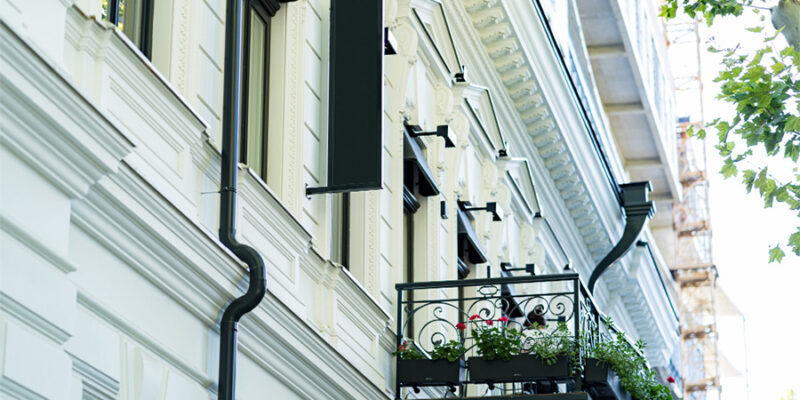
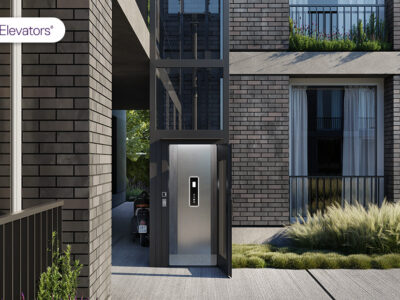
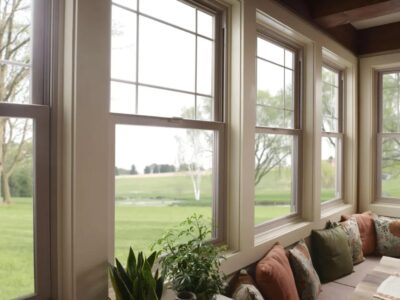
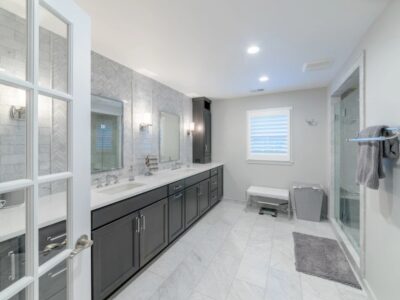


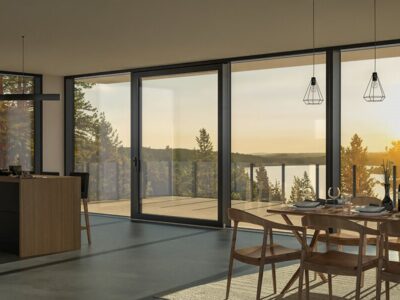
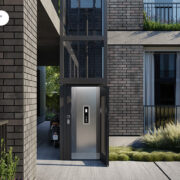
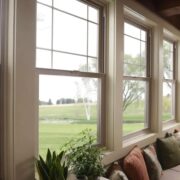
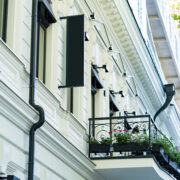
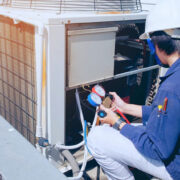
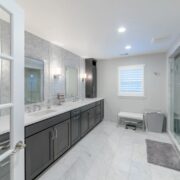
Comments